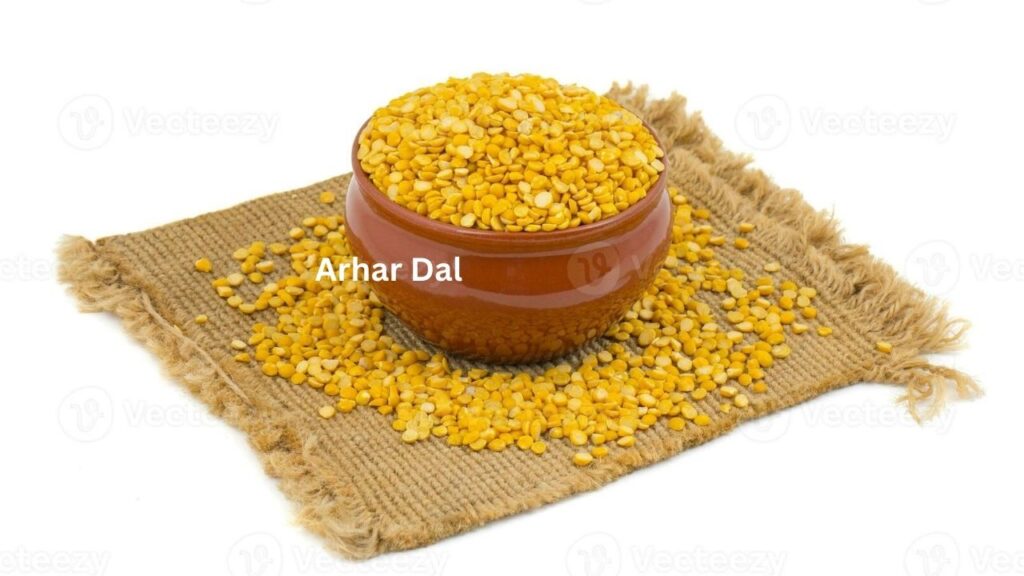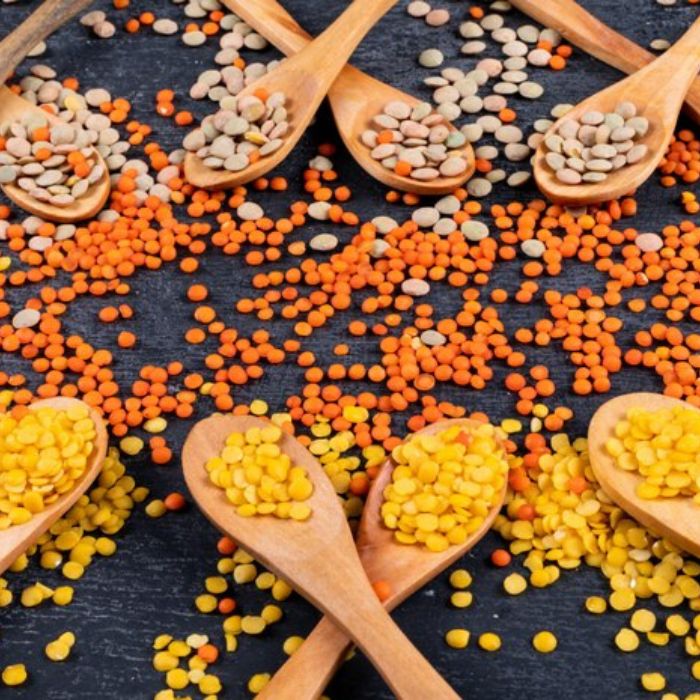Introduction: Nestled in the rich fabric of Indian cuisine is a simple dal that has been passed down for generations, leaving its indelible mark on the taste buds and nourishing countless souls – toor dal. Its golden colour and nutty aroma appeal to adventurous palates, while its velvety texture comforts and satiates. Apart from its gastronomic appeal, tur dal gives us a wealth of nutrients ranging from protein and fibre to vitamins and minerals.
join us and embark on an interesting exploration of the origin of tur dal, its vast culinary landscape and its nutritional power.
Where did the name ‘tur’ dal come from?
The origin of the name “Arharr dal” is hidden in the deep web of the Hindi language like a story that has been passed down through generations. Tracing its lineage, we find the Sanskrit pronunciation of the word “arharka”, an ancient word that resonates with the pulse-like rhythm of a similar legume plant. From the heartland of India, where the plant first bloomed, to the global stage, tur dal has become a culinary ambassador, connecting cultures with its rich heritage and blending seamlessly with other pulses, vegetables and spices.
Also Read: Personal Skincare in model era
Known by different names across India, this dal is still recognized by many people for its yellow colour, which raises a question in the minds of many whether tuar and arhar dal are the same? Yes, it is called Tuar Dal in Bengali, Adhaki in Sanskrit and Arhar Dal in English is pigeon peas.
Popular across India, its mild flavour is used in a variety of recipes, including simple dal, amti, rasam, vada, sambhar and methi dal.
India is the largest producer of Arhar Dal.
It is commonly grown in Uttar Pradesh, Madhya Pradesh, Gujarat, Bihar, Tamil Nadu and Karnataka. Due to its ability to withstand dry weather, it can grow well under subsistence level of agriculture and provides a good source of nutritious food, fodder and fuel wood. Being a legume, it also increases soil fertility by fixing atmospheric nitrogen.
The journey of making tur dal begins with the harvesting of the pigeon pea plant when it reaches its peak of maturity. By carefully plucking, the distinctively coloured, yellowish-brown peas are collected and then put through a thorough cleaning process that removes any impurities or debris. Next, the peas are traditionally split in half, giving the lentils their distinctive shape. This splitting can be done manually or with the help of special machinery. Some manufacturers polish the lentils to make them more shiny and more appealing to the consumer. The lentils are then packaged and sold.
But not all tur dals are the same:Though there are many brands of tur dal available in the market, its cultivation process, harvesting, and processing play a vital role in affecting its quality and nutritional level.
Conventional Arhar Dal vs Organic, Unrefined Arhar Dal
Conventional Arhar Dal – Conventional arhar dals commonly available in the market are grown using artificial fertilizers, toxic pesticides, fungicides and insecticides. These substances increase the size of the produce but reduce its nutrient density. So the size of a pea may be large, but its nutrient density is low. Moreover, toxic pesticide residues on dal further affect its health benefits. Toxic pesticides not only have an adverse effect on the environment (including loss of biodiversity and destruction of soil fertility), but also affect human health by disrupting our hormone balance and affecting our reproductive, immune, endocrine and nervous systems in the long run. Pesticides are also linked to causing neurological and developmental problems in children.
As mentioned earlier, many manufacturers further polish these dals to make them shiny, but this refining process also destroys their nutrient layer, reducing their nutritional level even further.
Organic, Unrefined Arhar Dal: In contrast, organic tur dal is cultivated without the use of toxic pesticides, fertilizers, herbicides or GMOs. In this method, tur is grown in a sustainable, eco-friendly manner using organic and biodynamic farming practices. These practices not only enhance the fertility of the soil, increasing the nutritional levels of the dal, but also keep your dal free from toxic pesticide residues, making them completely safe and healthy for your family. So, always choose certified organic and unrefined pulses, cereals and grains to aim for maximum nutrition for your family.


